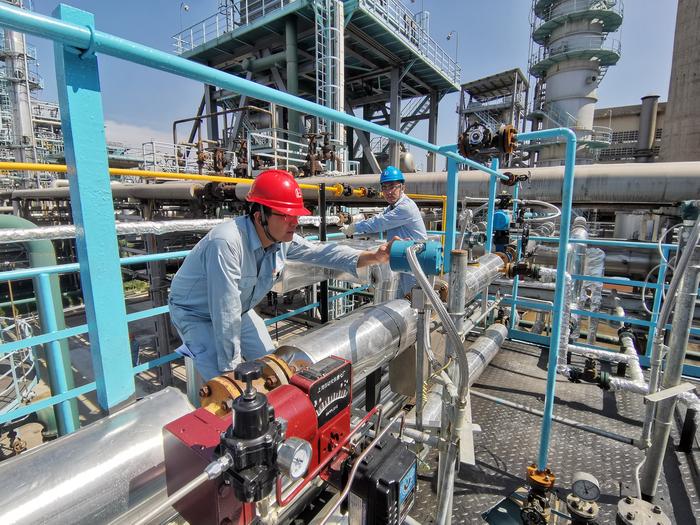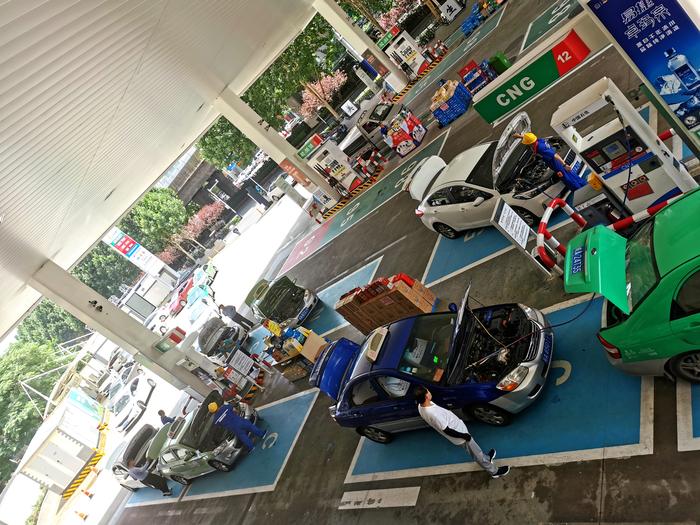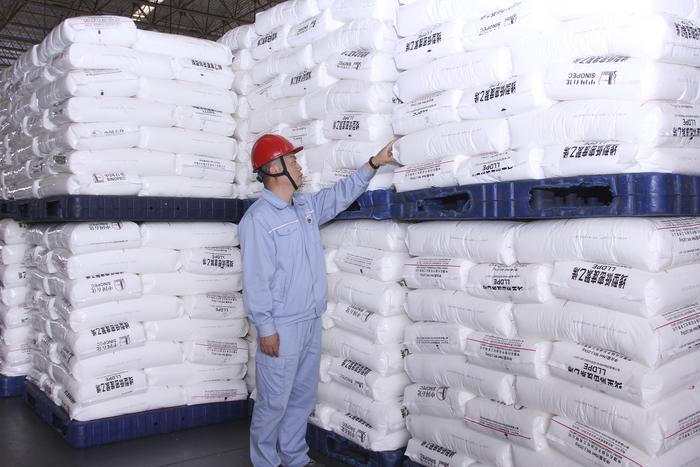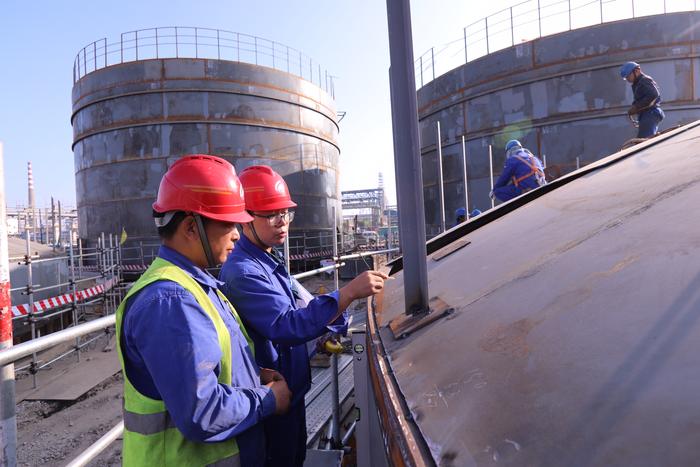|
| 2020-08-21 来源: 中国石化新闻网 |
| 石化新闻 |
中国石化新闻网讯 据能源新闻8月18日消息称,Wood Mackenzie公司周一表示,如果亚太地区的液化工厂使用可再生能源而不是原料气,那么它们的排放量将减少8%。 据资深专家杰米·泰勒介绍,该地区生产的液化天然气(LNG)超过全球的三分之一,但在液化过程中也产生了超过5000万吨的二氧化碳排放。在澳大利亚,二氧化碳排放量约为2900万吨。 据Kallanish Energy报道,泰勒估计,通过使用可再生能源(尤其是太阳能)产生的电力来驱动液化天然气生产线,这些电厂可以减少排放,获得经济效益,并延长项目的资源。 脱碳呼吁也与社会接受度有关。买家正在更密切地关注与采购货物相关的排放。 然而,泰勒认为,推动脱碳的最大动力是出口国和进口国潜在的碳税或更严格的监管。Wood Mackenzie说:“这将对油价暴跌后本已紧张的项目经济产生重大影响。” 他说:“我们已经看到澳大利亚液化天然气工厂运营商在研究如何在整个价值链上减少碳排放。在上游资产供应西北大陆架和QCLNG的项目正在进行中,Darwin LNG已经安装了电池,减少了燃气涡轮机的运行需求。” 泰勒补充说:“我们的分析显示,仅在2020年,亚太地区安装可再生能源发电系统就可以减少8%的液化天然气工厂的排放。” 减少排放的其他方法是提高液化过程的效率和安装碳捕获技术。 曹海斌 摘译自 能源新闻 原文如下: Renewables could curb Asia Pacific LNG plants’ emissions by 8% Liquefaction plants in the Asia Pacific region could reduce their emissions by 8% if they run on renewables power instead of feedgas, Wood Mackenzie said on Monday. According senior specialist Jamie Taylor, the region produces over a third of the global liquefied natural gas (LNG) supply, but also generates over 50 million tonnes of CO2 equivalent (MtCO2e) of emissions during liquefaction. In Australia, emissions stand at around 29 MtCO2e. Taylor estimates that by powering the LNG trains on electricity produced from renewables, particularly solar power, the plants could cut their emissions, benefit economically and prolong the project’s resources, Kallanish Energy reports. The decarbonization call is also linked to social acceptance. Buyers are looking more closely at the emissions associated with cargoes they are procuring. Yet, Taylor believes the biggest driver for decarbonization is the potential for carbon tax or tighter regulations in both exporting and importing countries. “This would significantly impact the already strained project economics post oil price crash,” according to WoodMac. “We are already seeing Australian LNG plant operators examining ways to reduce carbon emissions throughout the value chain. Initiatives are underway at the upstream assets supplying the North West Shelf and QCLNG, and Darwin LNG has installed a battery that reduces the need to run one of the gas turbines,” he said. “Our analysis shows that installing renewable energy generation could reduce emissions at Asia Pacific’s LNG plants by 8% in 2020 alone,” added Taylor. Other ways to reduce emissions is by increasing efficiency at the liquefaction process and installing carbon capture technologies. |








